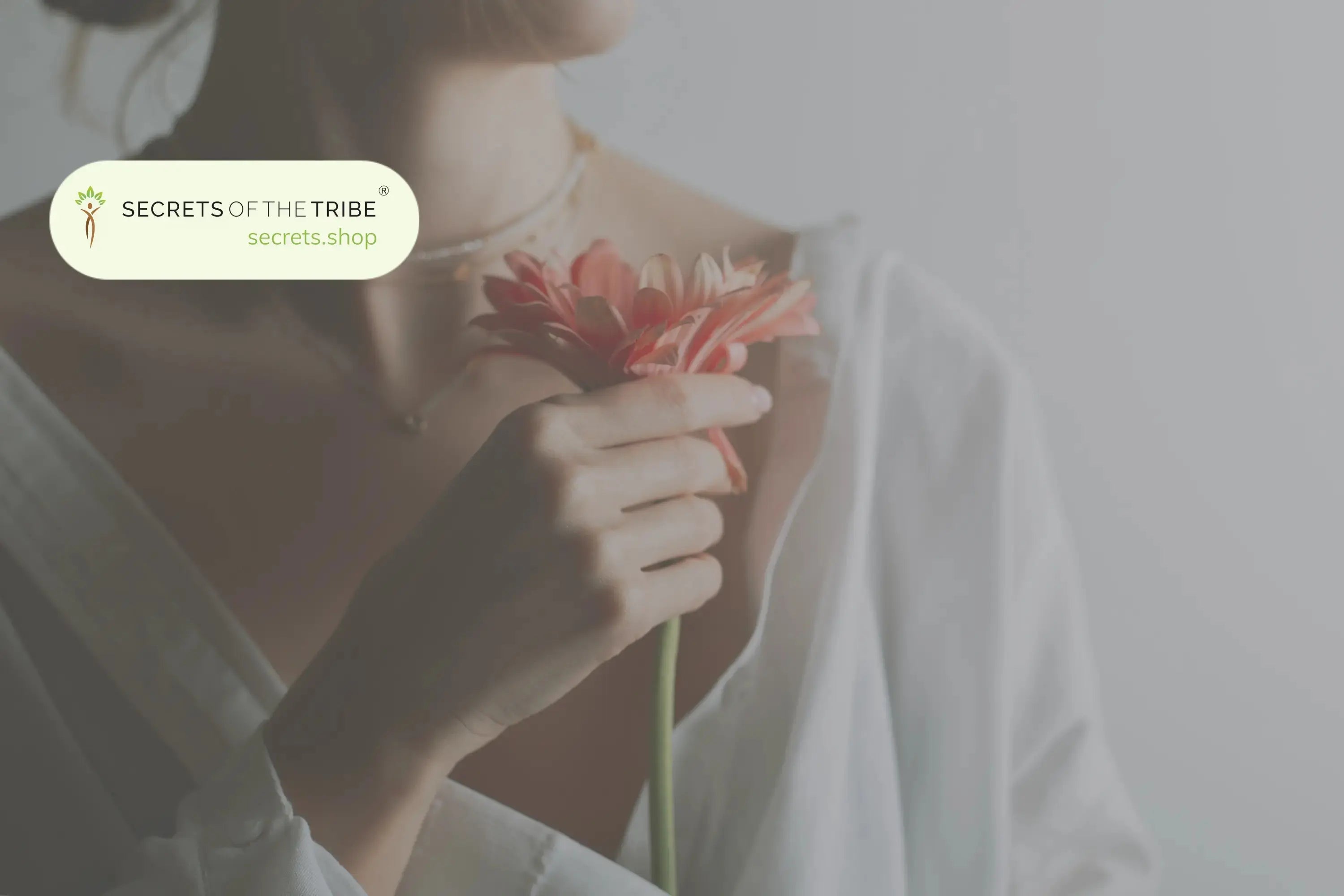Painful and debilitating menstrual cramps, also known as Dysmenorrhea, affect 20% of women across the United States, according to the American Academy of Family Physicians. However, only one-fourth of that percentage has reported feeling comfortable enough to talk about it with their spouse, friends, or family (Osayande & Mehulic, 2014).
Considering these statistics, it's no wonder why so few women even bother seeking any medicinal help geared towards menstrual cramps. As a condition that doesn't discriminate, Dysmenorrhea affects women of all ages and races, can last the majority of a woman's life, and often leads to constraints on everyday activities.
Feminine medical issues are still shrouded in stigma to this day, making coping with this condition all the more challenging. While Dysmenorrhea in itself can be damaging and even disabling, the lack of resources available, especially to young women, can be all the more discouraging in the hunt for solutions.
Access to conventional health care is often not as convenient as we'd like, at least not at the present moment. Fortunately, there are alternative solutions for menstrual cramps that are not only effective and attainable; they're also rich in nutrients, offering benefits that fortify overall health while fighting off symptoms.

- Motherwort and Motherwort Tincture: Given to mothers to calm anxiety during childbirth, relieves painful cramps, strengthens the uterine muscles, acts as a hormone regulator, and induces bleeding that may have been suppressed by stress.
- Red Raspberry and Red Raspberry Tincture: Traditionally used to strengthen and tone the uterus, regulate emotions, acts as an anti-inflammatory and strengthens the cardiovascular system, as well as calms the nerves while stimulating regular blood flow.
- Chaste Tree (Vitex) and Vitex Tincture: Used for centuries to increase levels of progesterone, treat premenstrual syndrome, cyclic mastalgia, painful periods, and symptoms of menopause, as well as decrease or regulate the body's production of prolactin.
- Dong Quai (Angelica) and Dong Quai Tincture: Used for thousands of years in Traditional Chinese Medicine as a tonic for the female reproductive system, to promote uterine health, and to regulate the menstrual cycle and estrogen levels.
- Mugwort and Mugwort Tincture: Eases stress and tension, works as a nerve tonic, stimulates menstrual flow and balances the reproductive cycle, said to promote fertility and increase libido, as well as induce lucid dreams.
- Cramp Bark and Cramp Bark Tincture: Got its name for its widespread use in treating muscle cramps and spasms, especially menstrual cramps, as well as bloating and heavy bleeding, used as an antispasmodic, astringent, and anti-inflammatory.
- Black Cohosh and Black Cohosh Tincture: Known for its anti-inflammatory and mildly sedative properties, used by Native Americans to cope with pain and stress associated with premenstrual syndrome, eases cramps and irritability, regulates and balances hormones.
Partridge Berry: Known to stimulate menstrual blood flow in cases of stress, hormonal disorders, or polycystic ovary syndrome, ease menstrual cramps, alleviate labor pains, and facilitate the delivery of a newborn baby.
Also check out our top herbs for women over 50, best fertility herbs and herbs during pregnancy.




Share:
Natural Remedies for Hangovers
Natural Remedies to Know